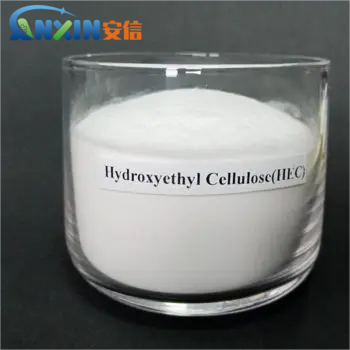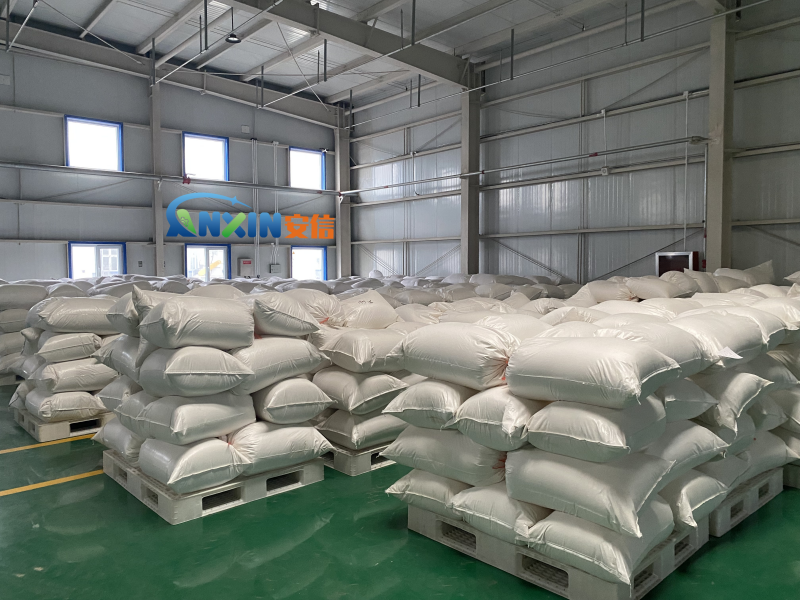In the paint industry, the stability and rheology of the color paste are crucial. However, during storage and use, the color paste often has problems such as thickening and agglomeration, which affects the construction effect and coating quality. Hydroxyethyl cellulose (HEC), as a common water-soluble polymer thickener, plays an important role in paint formulations. It can effectively improve the rheological properties of the color paste, prevent agglomeration, and improve storage stability.
1. Reasons for thickening and agglomeration of paint color paste
The thickening and agglomeration of paint color paste are usually related to the following factors:
Unstable pigment dispersion: The pigment particles in the color paste may flocculate and settle during storage, resulting in excessive local concentration and agglomeration.
Evaporation of water in the system: During storage, the evaporation of part of the water will cause the viscosity of the color paste to increase, and even form dry matter on the surface.
Incompatibility between additives: Certain thickeners, dispersants or other additives may react with each other, affecting the rheological properties of the color paste, resulting in abnormal viscosity increase or flocculent formation.
Effect of shear force: Long-term mechanical stirring or pumping may cause the destruction of the polymer chain structure in the system, reduce the fluidity of the color paste, and make it more viscous or agglomerated.
2. Mechanism of action of hydroxyethyl cellulose
Hydroxyethyl cellulose (HEC) is a non-ionic cellulose derivative with good thickening, rheological adjustment ability and dispersion stability. Its main mechanism of action in paint color paste includes:
Thickening and rheological adjustment: HEC can combine with water molecules through hydrogen bonding to form a stable hydration layer, increase the viscosity of the system, prevent pigment particles from agglomerating and settling, and ensure that the color paste maintains good fluidity during standing or construction.
Stable dispersion system: HEC has good surface activity, can coat pigment particles, enhance their dispersibility in the water phase, prevent agglomeration between particles, and thus reduce flocculation and agglomeration.
Anti-water evaporation: HEC can form a certain protective layer, slow down the evaporation rate of water, prevent the color paste from thickening due to water loss, and extend the storage period.
Shear resistance: HEC gives the paint good thixotropy, reduces viscosity under high shear force, facilitates construction, and can quickly restore viscosity under low shear force, improving the paint’s anti-sagging performance.
3. Advantages of hydroxyethyl cellulose in paint color paste
Adding hydroxyethyl cellulose to the paint color paste system has the following advantages:
Improving the storage stability of the color paste: HEC can effectively prevent pigment sedimentation and agglomeration, ensuring that the color paste maintains uniform fluidity after long-term storage.
Improving construction performance: HEC gives the color paste excellent rheological properties, making it easy to brush, roll or spray during construction, improving the construction adaptability of the paint.
Enhancing water resistance: HEC can reduce the viscosity change caused by water evaporation, so that the color paste can maintain good stability under different environmental conditions.
Strong compatibility: HEC is a non-ionic thickener, which has good compatibility with most dispersants, wetting agents and other additives, and will not cause instability in the formulation system.
Environmental protection and safety: HEC is derived from natural cellulose, meets environmental protection requirements, does not release harmful substances, and is in line with the green and environmental protection development trend of water-based coatings.
4. Usage and suggestions of hydroxyethyl cellulose
In order to better play the role of HEC, the following points should be noted when using it in the coating color paste formula:
Reasonable control of the amount of addition: The amount of HEC is usually between 0.2%-1.0%. The specific amount of use needs to be adjusted according to the needs of the coating system to avoid excessive viscosity and affect the construction performance.
Pre-dissolution process: HEC should be dispersed and dissolved in water first, and then added to the color paste system after forming a uniform solution to ensure that it fully exerts its thickening and dispersing effects.
Use with other additives: It can be reasonably matched with dispersants, wetting agents, etc. to improve the dispersion stability of pigments and optimize coating performance.
Avoid high temperature effects: The solubility of HEC is greatly affected by temperature. It is recommended to dissolve it at a suitable temperature (25-50℃) to avoid agglomeration or insufficient dissolution.
Hydroxyethyl cellulose has important application value in paint color paste system. It can effectively solve the problems of color paste thickening and agglomeration, and improve storage stability and construction performance. Its thickening, dispersion stability and resistance to water evaporation make it an important additive for water-based paints. In practical applications, reasonable adjustment of HEC dosage and addition method can maximize its advantages and improve the overall quality of the paint. With the development of water-based environmentally friendly paints, the application prospects of HEC will be broader.
Post time: Apr-09-2025


